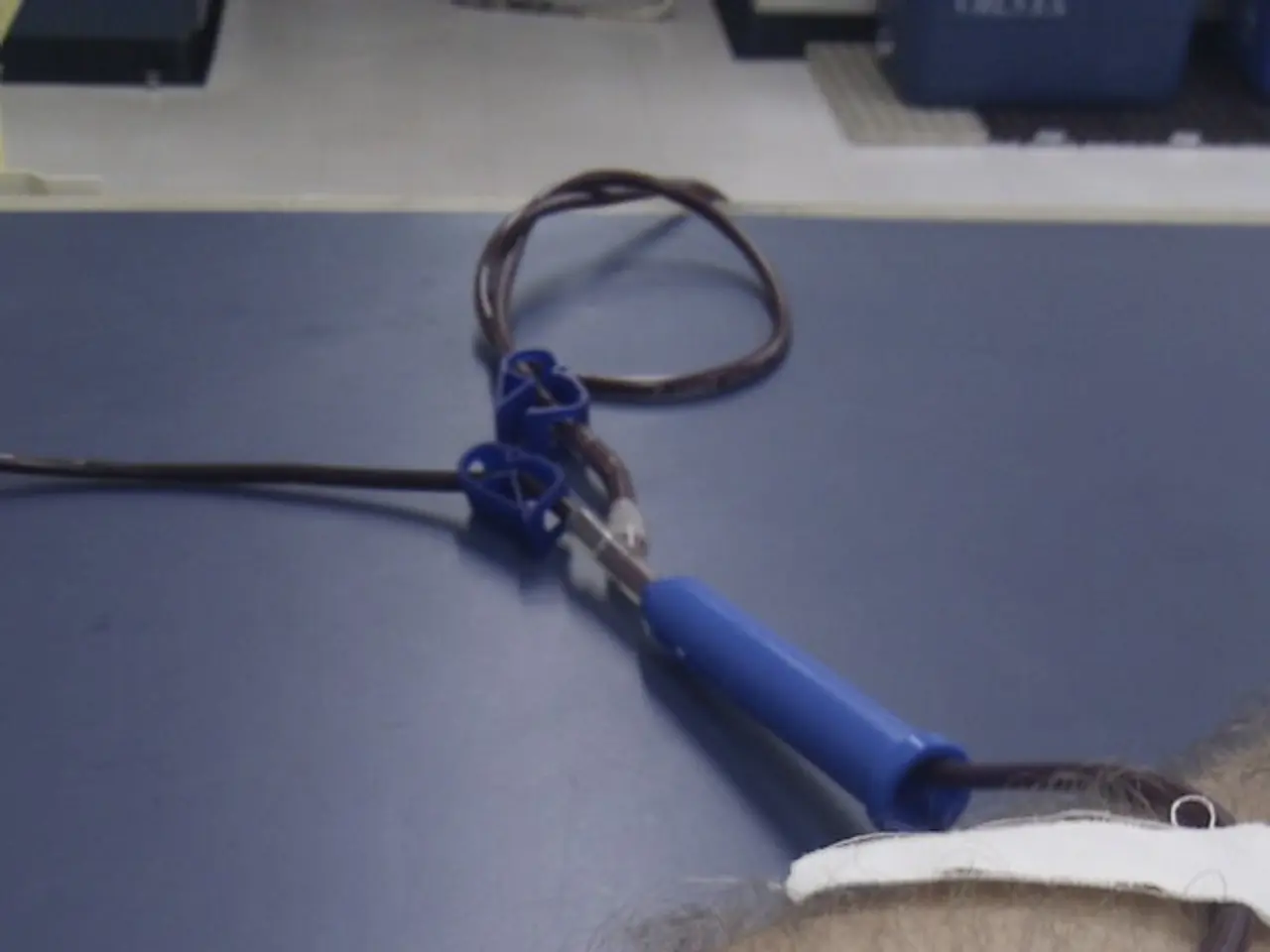Vasomotor Rhinitis: Causes, Symptoms, and Treatments
Vasomotor rhinitis, a common condition affecting the nose, occurs when blood vessels inside it dilate, leading to swelling and congestion. Unlike allergies, it's not caused by specific triggers but rather by a range of factors.
This condition, also known as non-allergic rhinitis, is characterized by a stuffy nose, runny nose, and mucus in the throat. Unlike allergic rhinitis, it doesn't cause an itchy nose, itchy or watery eyes, or scratchy throat. Diagnosis involves ruling out other causes like allergies or sinus problems through skin tests, blood tests, nasal endoscopy, or CT scans.
Treatment options are varied and include over-the-counter saline nasal sprays, decongestants, and corticosteroid nasal sprays. Prescription medications like antihistamine nasal sprays and anti-drip nasal sprays may also be used. In rare cases, surgery might be recommended to address underlying health issues like nasal polyps or a deviated septum. Prevention can be challenging, but avoiding known triggers can help manage symptoms.
Vasomotor rhinitis, though not life-threatening, can cause discomfort. Its long-term outlook depends on symptom severity, and treatment can help reduce or eliminate these symptoms. Understanding and managing triggers can significantly improve quality of life for those affected.







